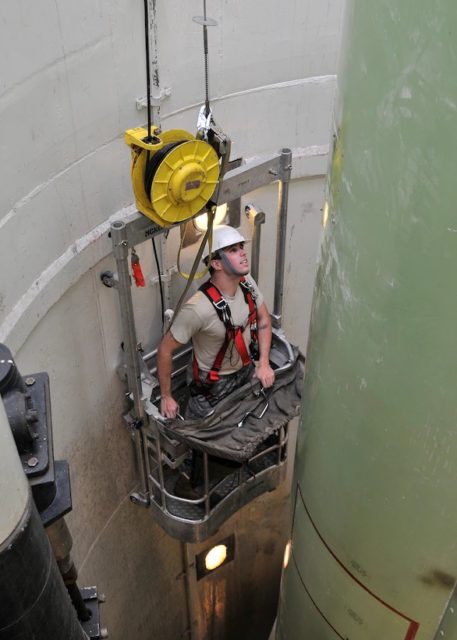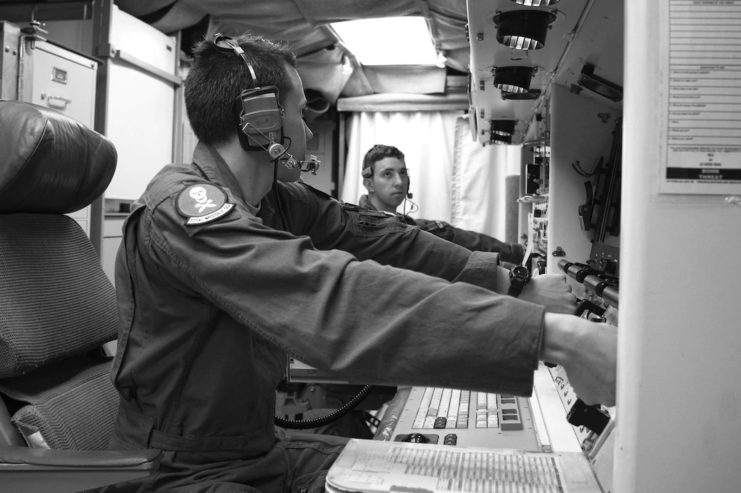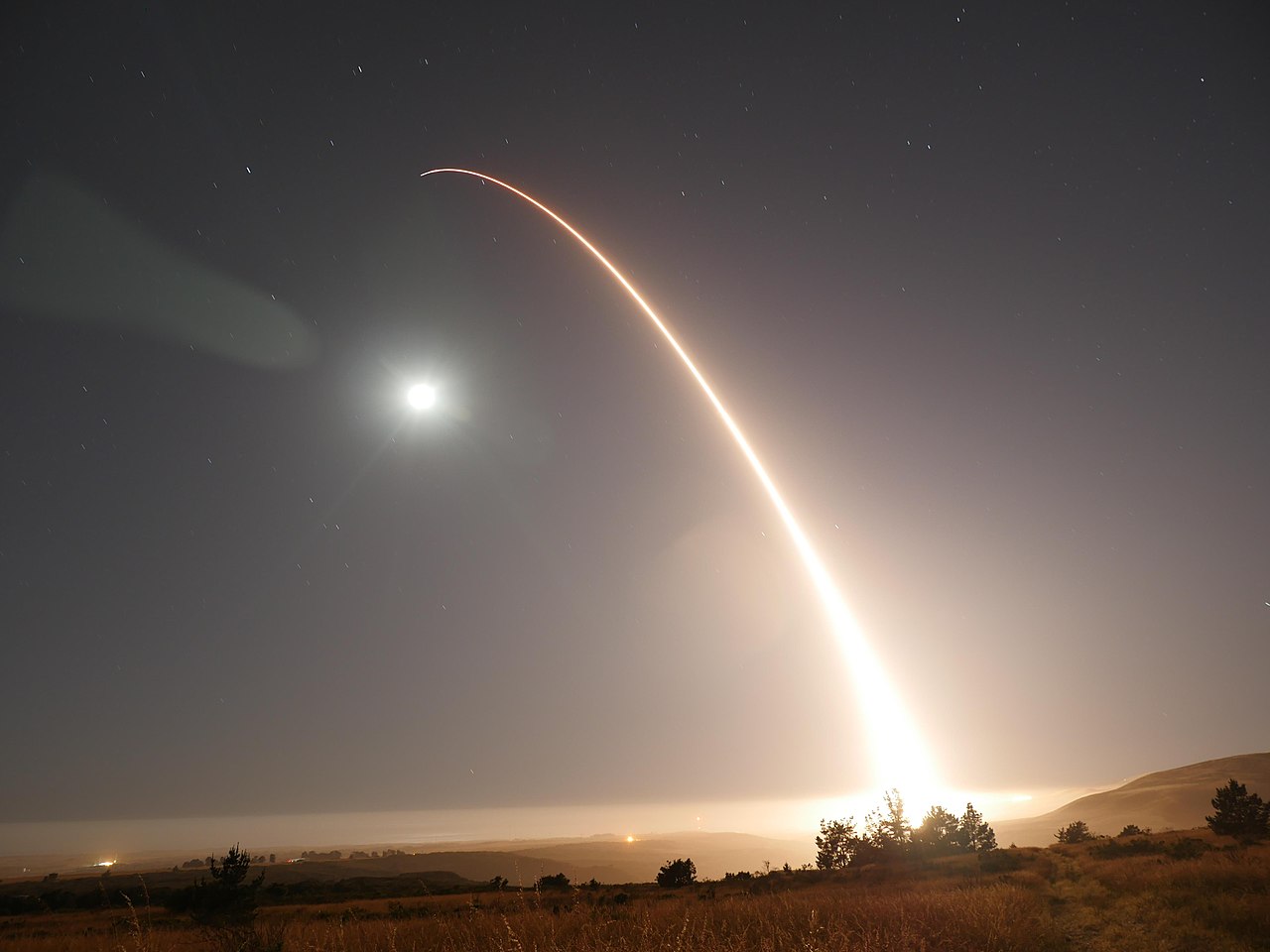Fifty years ago, hundreds of now aging nuclear missiles were placed in their underground silos. These Minuteman III ICBMs were expected to last only ten years before they were replaced with updated weapons.
Fifty years later, those same Minuteman III missiles are still in their subterranean lairs manned by teams of two US Air Force members. Those teams spend 24 hours at a time underground in the bunkers using terminals from the 1980s to decode messages and test the missiles to make sure that they are still capable of being fired if necessary.
The age of the missiles is not something that concerns the Air Force or the team members who monitor the missiles. What is troubling them is the fact that most of the manufacturers of the gears, tubes and the rest of the parts used to maintain the missiles are no longer in business.
As an example, the motor broke on the elevator cage that lowers 100 feet down to the launch control center at one site. It took months to get it fixed. Team members had to rig a pulley and rope to lower supplies to the crews in the center.

According to one airman, the technology used with the missiles is still perfectly functional. It is just getting more and more difficult to maintain it.
The Chairman of the Joint Chief of Staff Army General Mark Milley and Defense Secretary Lloyd Austin are seeking billions of dollars to keep the Minuteman III missiles operational. Meanwhile, the debate over whether the whole system should be replaced continues.
The Pentagon is also working on the most expensive modernization of the nuclear weapons program in history. They are replacing all nuclear weapons – whether they are launched from underground silos, strategic bombers or nuclear submarines. The cost for the program is $400 billion. Lawmakers are expected to closely question military leaders as to whether modernizing all three legs of nuclear defense is necessary.
House Armed Services Committee Chairman Representative Adam Smith, D-Washington, has already stated that he would prefer to see a more “cost-effective” deterrent developed. He feels that the military is building more weapons than are actually needed.
Because nuclear weapons are so expensive to develop, the military has typically been content to maintain the weapons they already have rather than build new systems.
There are only a few sites in the US that can repair or maintain nuclear warheads. There is only one site in Kansas City that can work on the non-nuclear parts of the weapons. This means that there is no way to quickly get parts when there is an emergency.

The workload at the Kansas City site is currently at its highest since the Cold War ended. The Government Accountability Office has warned that the site will need to be expanded to meet the expected workload to keep the aging missiles in operational condition.
Navy Admiral Charles Richard is the head of US Strategic Command. He wonders how much longer it will even be possible to extend the life of the missiles. He has stated that the effort is no longer cost effective and is becoming impossible to continue.
Another Article From Us: Dive Locates the USS Johnston, the Deepest Shipwreck Ever Found
Milley has also stated that the lifespan of the current missile defense system is coming to an end. “Unless we have something better come along, I think we need to update and modernize the one we have,” he said.
